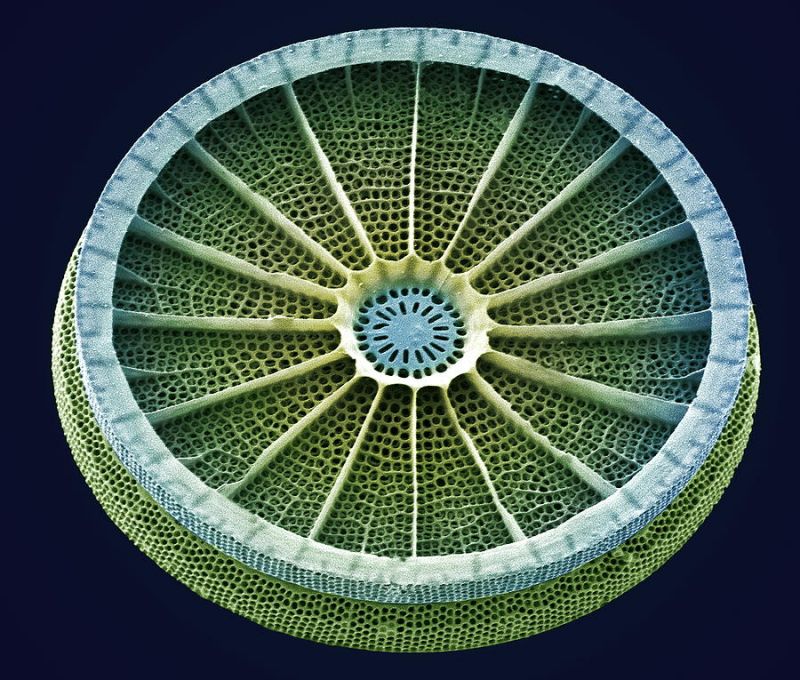Algae DNA to Determine River Water Quality
Published on by Marina A, Previously Key Account and Content Manager at AquaSPE AG in Technology
Specific algae types form in clean and polluted water. Scientists have found a way to test water pollution of rivers without determining the species of algae but checking algae DNA.
Biotic Index is often used to determine the water quality of rivers and the level of pollution. It is a scale for checking the water quality an environment based on the organisms living in it.
Specific organisms live in different types of water – some prefer very clean and some thrive in polluted water. Based on their tolerance to pollution, by analyzing the organisms living in the river, we can determine river water quality.
Microscopic identification of organisms in water is very time-consuming and not easy.
Biologists from the University of Geneva (UNIGE), Switzerland, have made a water quality index which uses only the DNA sequence of diatoms, without identifying them.
 Diatoms are a group of algae with distinctive, transparent cell walls. They are unicellular organisms which form colonies.
Diatoms are a group of algae with distinctive, transparent cell walls. They are unicellular organisms which form colonies.
Diatoms can be found in almost every habitat with water. They are specific to habitats and can be used to characterize them.
The study was published in Molecular Ecology Resources and it presents a tool, the Swiss diatom index (DI-CH), which can process several samples at the same time.
By analyzing around 90 samples and integrating that data, the scientists have made a scale which serves as a reference system for the molecular index.
The tool showed correct results in 80% of the samples and by analyzing more samples and updating and calibrating the tool, it could get more precise and do large-scale analyses in the future.
The tool reduces the cost of analysis as it saves time by simultaneously processing a large number of samples.
DI-CH could even be adapted to other unicellular bioindicators.
Media
Taxonomy
- Water Quality
- River Studies
- Hydrodynamics & Water Quality
- Algae
- River Restoration
- Water Quality Monitoring